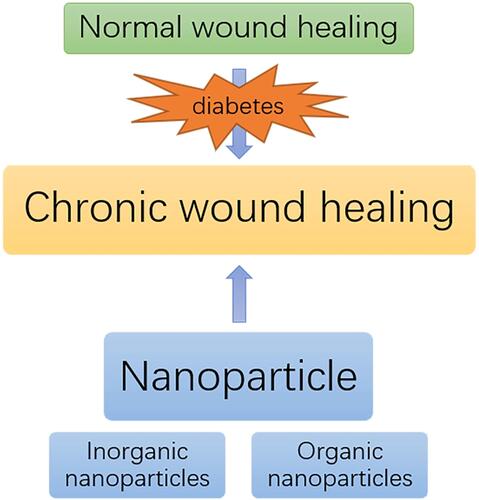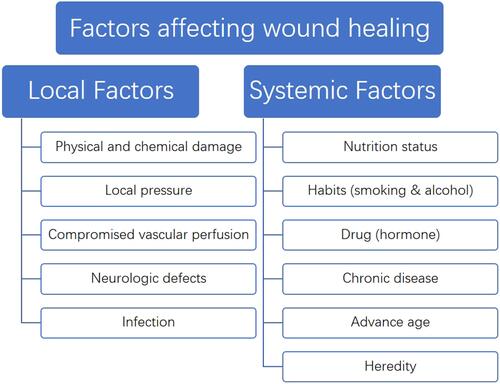Figures & data
Figure 1 Stages of wound healing and pathophysiological changes in different stages.Citation33
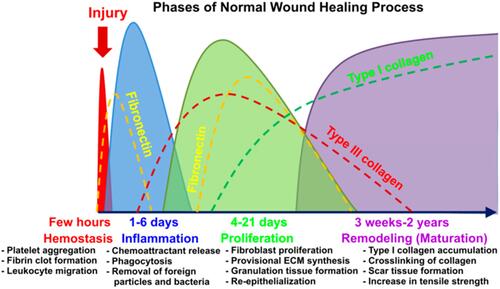
Figure 3 Differences of wound healing between diabetic and non-diabetic patients.
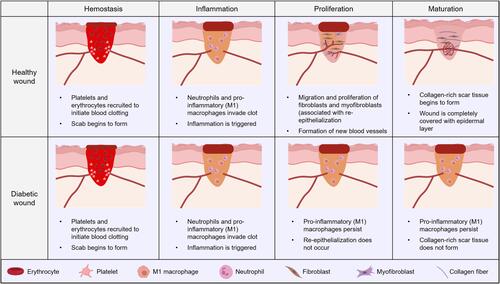
Figure 4 Development of wound dressings and characteristics. The advantages and disadvantages of different dressings are shown in green and red squares, respectively.
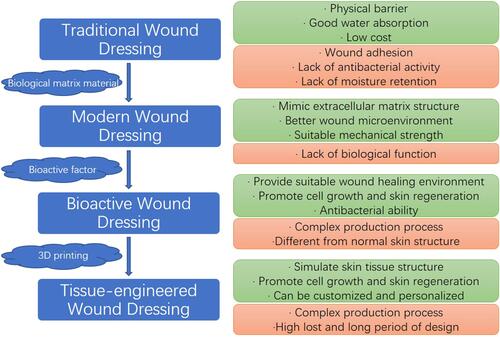
Table 1 Different Kinds of Material Combinations of AgNPs and Their Therapeutic Effect
Table 2 Different Kinds of Material Combinations of AuNPs and Their Therapeutic Effect
Table 3 Different Kinds of Material Combinations of CuNPs and Their Therapeutic Effect
Figure 5 The corresponding wound photographs (A) and the recovery progress of the wounds (B) of control group and different concentration Ag/AgBr/MSNs (**p<0.01; ***p<0.001).
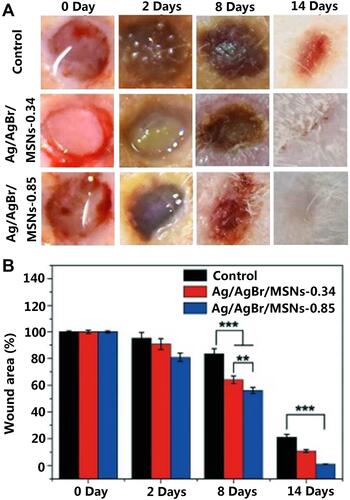
Figure 6 Design strategy of the SCDs-AP hydrogel. (A) Synthesis of cationic antibacterial CDs starting from (B) assembly of the fluorescent antibacterial CDs hydrogel through pectin, acrylic acid, CDs, APS, and PEGDA. (C) Scheme of molecular structure and applications of fluorescent antibacterial hydrogel.
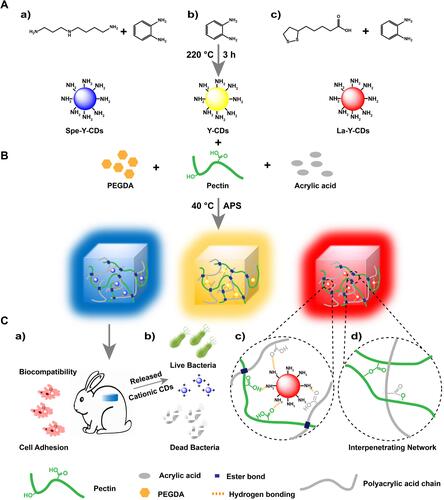
Table 4 Different Kinds of Combinations of Natural Polymer and Their Therapeutic Effect

